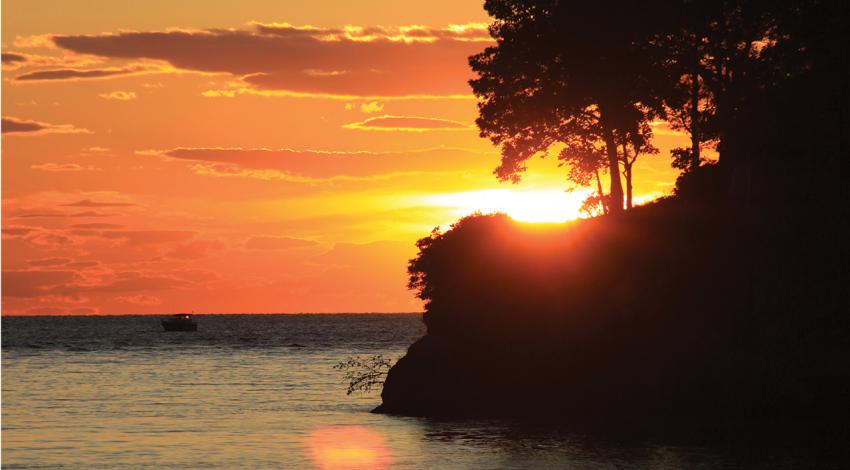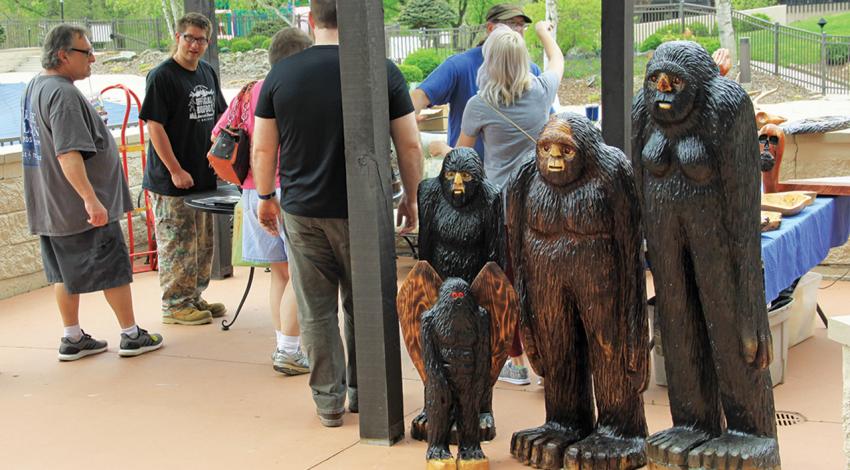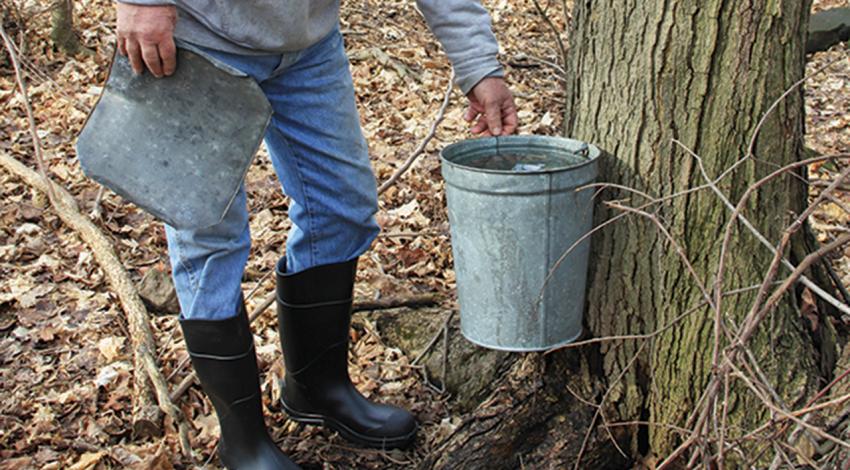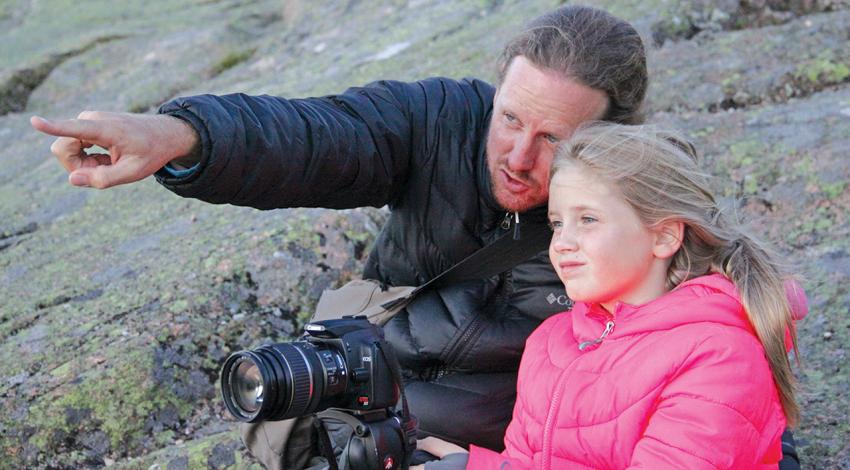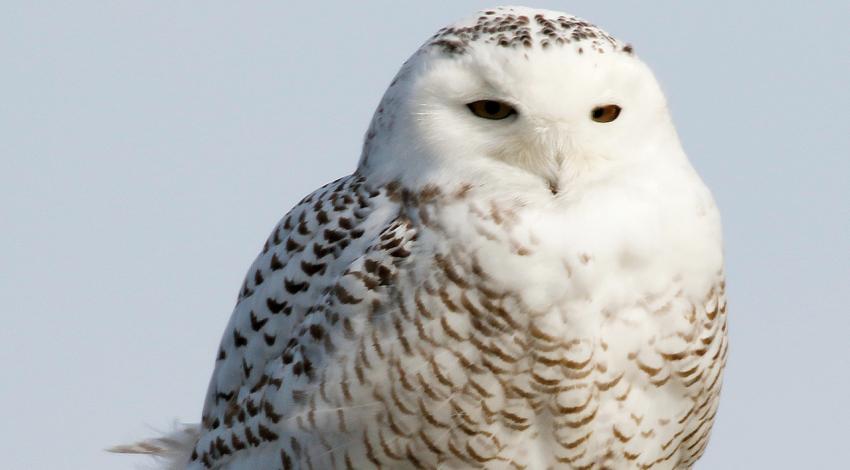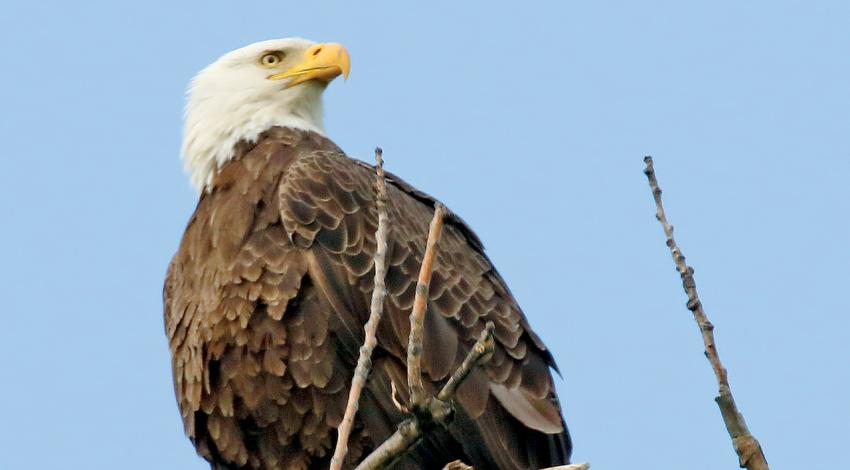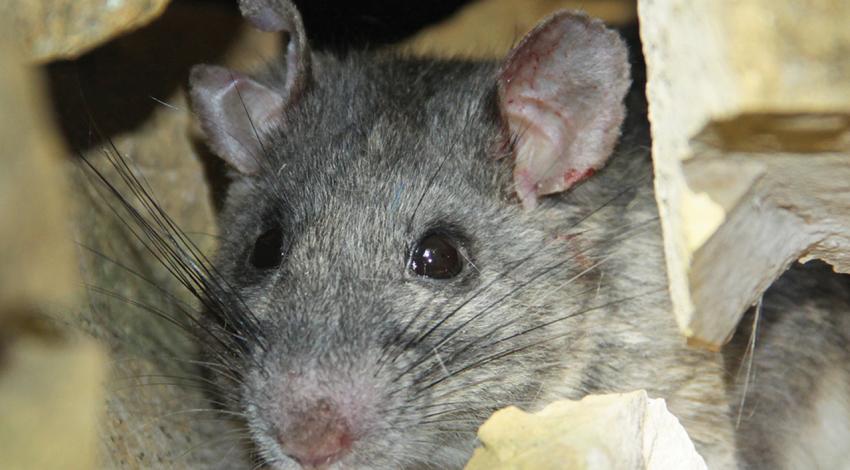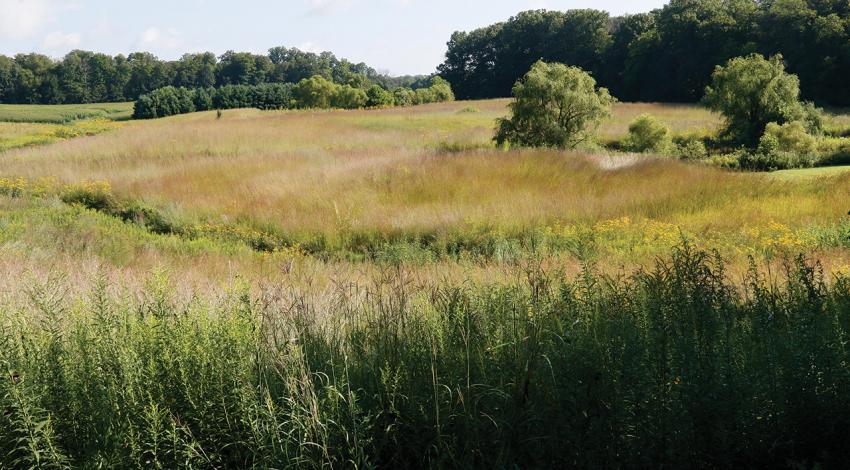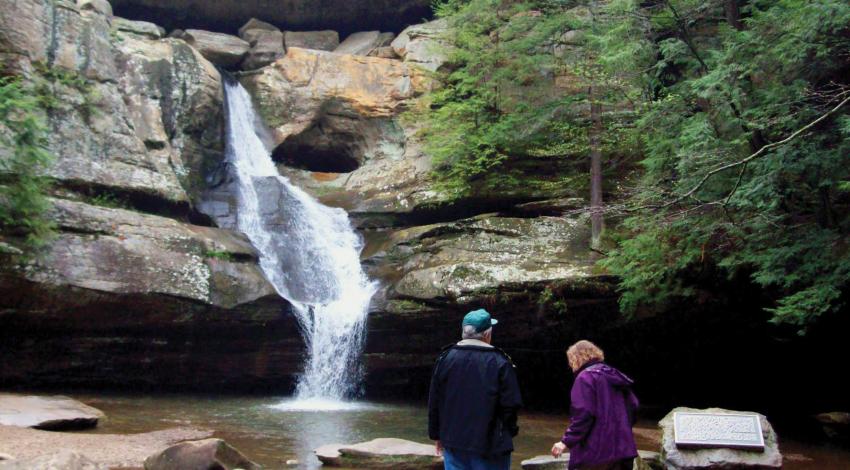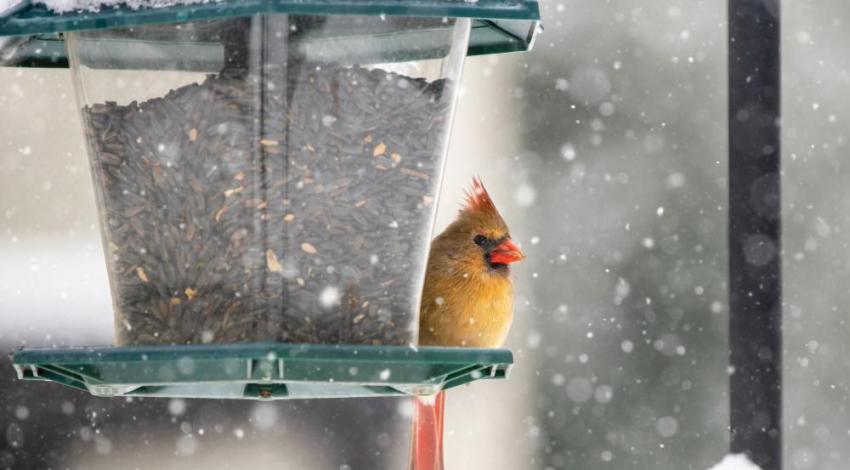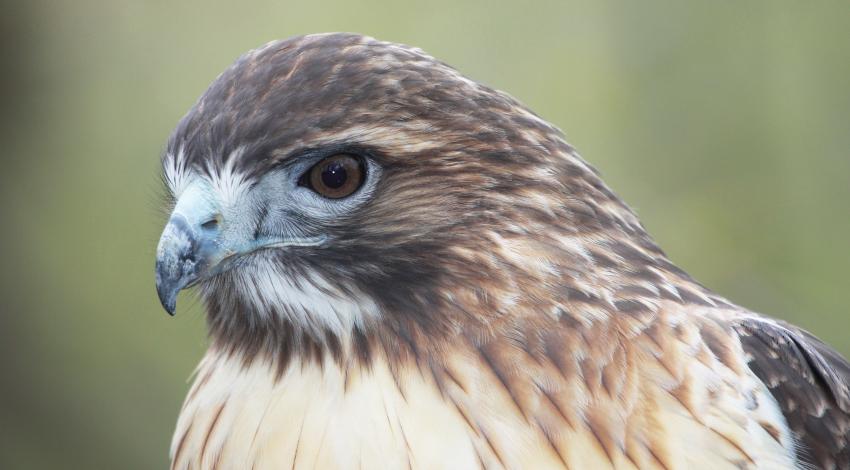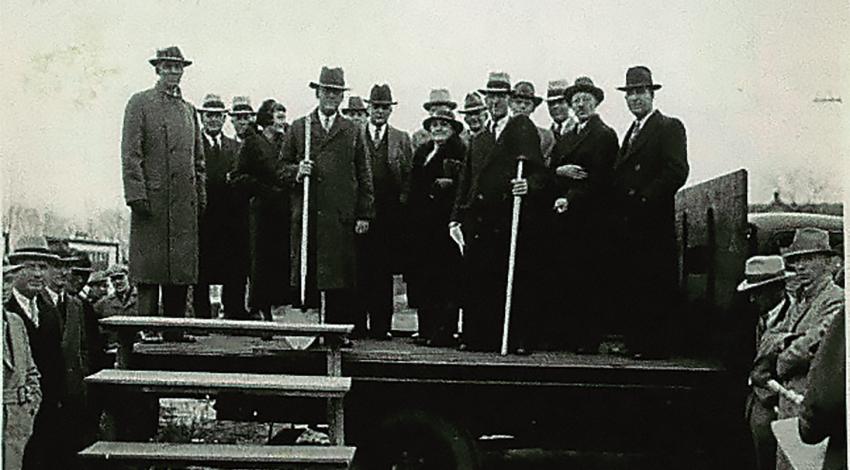Whether you enjoy tent camping or drive the largest motorhome on the road, there’s a campsite awaiting you on the Ohio islands of Lake Erie. Accessible by ferry, South Bass, Middle Bass, and Kelleys Island state parks offer a unique camping experience close to home.
No one knows the Lake Erie islands better than Steve Riddle. Raised on Middle Bass, Riddle spent a 30-year career managing the three island parks for the Ohio Department of Natural Resources. Today, he is the police chief of Put-In-Bay, the small village on South Bass Island.
